Our Team
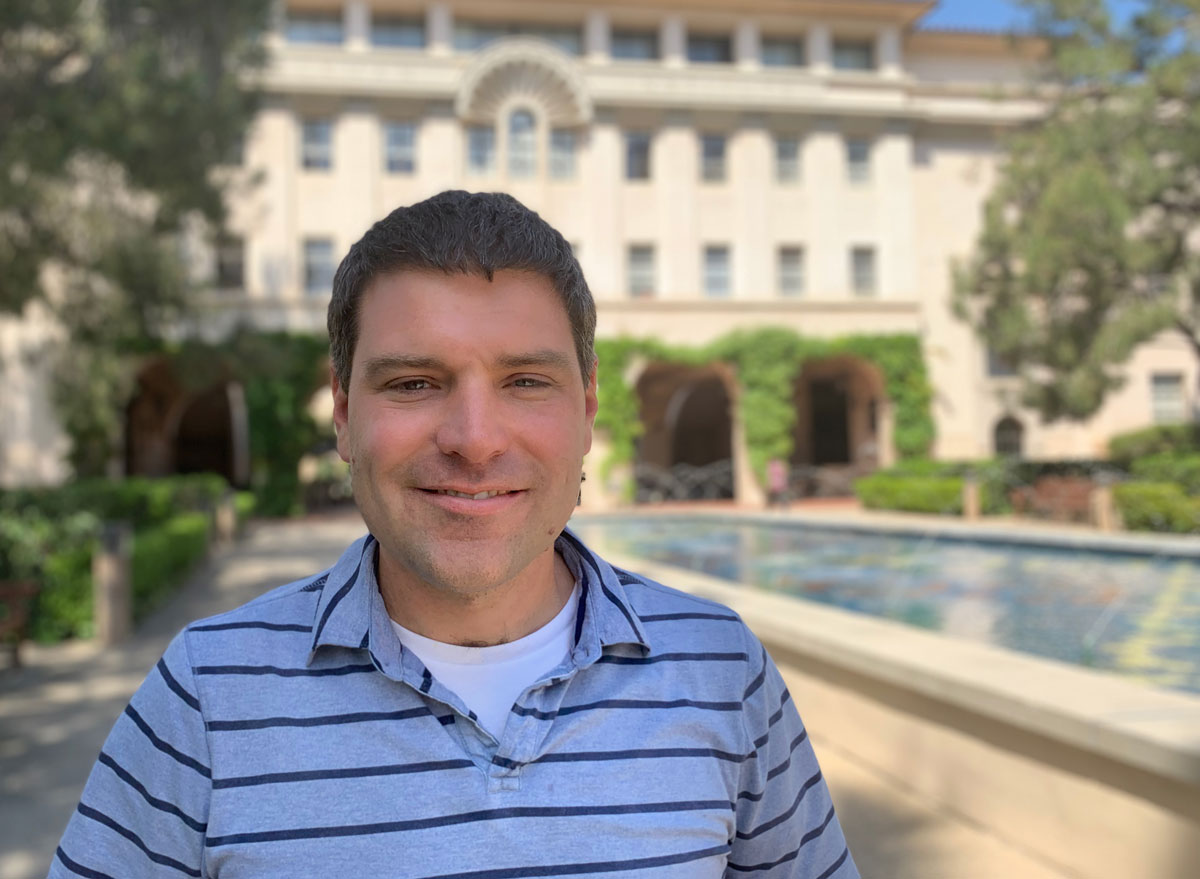
Matt Thomson
Assistant Professor of Computational Biology, Caltech Investigator, Heritage Medical Research Institute
B.A., Harvard University, 2001; Ph.D., Harvard University, 2011
Matt’s research is focused on quantitative experimental and modeling approaches to gain programmatic control over cell differentiation and function. He applies mathematical modeling, machine learning, and statistical analysis to engineer and rewire cellular physiology and to synthesize new types of cells that don’t exist in nature. He also develops simplified cellular systems in which physical models can be applied to control geometry and morphology.
Matt is also the PI for the Single-Cell Profiling and Engineering Center (SPEC) which brings single-cell genomic capabilities to the Caltech campus and drives new technology development.
Visiting Scholars
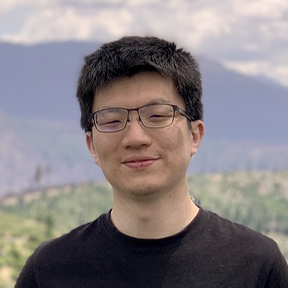
Yu-Jen Chen
Single-Cell
Ph.D. in Biotechnology; M.S. in Animal Science, National Taiwan University, Taipei, Taiwan
Yu-Jen is interested in wielding immune-cell functions and engineering immune cells in metabolic tissues to curb adipose inflammation in obesity, hepatic inflammation in fatty liver, and cell senescence in the aging process.
Postdocs
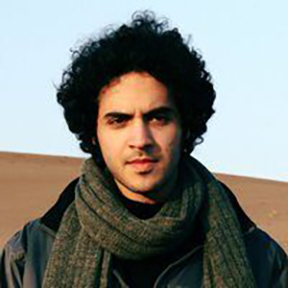
Shahriar Shadkhoo
Active Matter
University of California, Los Angeles, Ph.D. in Physics; Sharif University of Technology, Tehran, Iran, B.Sc. in Physics and Mechanical Engineering
Shahriar is working on the physics of (synthetic) active materials. Using theory and simulations, he is trying to understand the mechanics of active networks that are driven by synthetic proteins of different properties, towards the ultimate goal of controlling the dynamics of active networks.
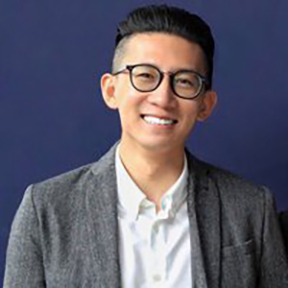
Fan Yang
Active Matter | Machine Learning
Ph.D. Mechanical Engineering, Princeton University, NJ; B.S. Mechanical Engineering, Tsinghua University, Beijing, China
Fan is working on using engineered protein machines to drive microfluidics towards a universal device that can automate complex tasks via dynamic reprogramming and streamlining operations. He’s built a prototype of a model-driven active matter programming language for flow control that has now been realized in experiments.
PhD Students
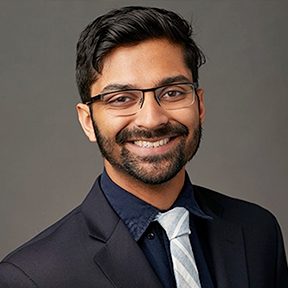
Pranav Bhamidipati
Active Matter | Single-Cell | Machine Learning
B.S. Biochemistry, B.S. Plan II Studies, University of Texas at Austin; M.D. (in progress), Keck School of Medicine at USC
Pranav is interested in genetic network design for applications in health. He is leveraging artificial intelligence and dynamical modeling to design gene circuits that are intractable with current methods. He seeks to understand the design principles of large regulatory networks and is passionate about unlocking user-defined control over complex behaviors such as tissue morphology, cell fate patterning, and cooperative cell therapies.
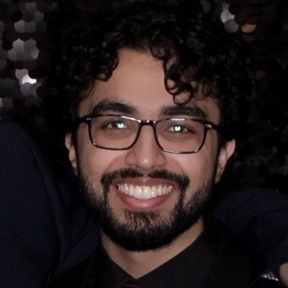
Aman Bhargava
Active Matter | Machine Learning
B.A.Sc. Engineering Science (Machine Intelligence), University of Toronto
Aman is interested in collective intelligence. How do we build efficient and massively distributed learning systems? What are the fundamental requirements for a system to exhibit collective intelligence? Aman builds next-generation deep learning systems to investigate these questions — taking inspiration from neuroscience, computer science, physics, and more.
Personal site: aman-bhargava.com
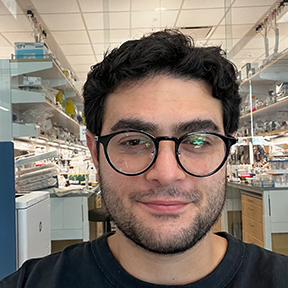
Joe Boktor
Single-Cell | Machine Learning
Johns Hopkins University, B.S. Molecular and Cellular Biology
Joe is interested in exploring and repurposing innovative solutions evolved by microorganisms for a broad range of applications. Co-advised by Sarkis Mazmanian, his current projects include discovery of commensal microbiota immune-modulators and engineering of synthetic microbial consortia for bioremediation of environmental pollutants.
Surya Narayanan Hari
Machine Learning
BA, BS, MS, Stanford University
Surya is a grad student interested in ML and biology. His goal is to apply intelligent machine learning to automate large tasks and uncover hidden structures in machine learning. He also aims to foster collaborative research with AI.
Jialong Jiang
Single-Cell | Machine Learning
Jialong is interested in organization principles of biological systems using statistical inference, graphical model, non-equilibrium physics and single-cell genomics. He is eager to build transcriptome-scale regulatory network models for understanding, predicting and controlling cellular behaviors under therapeutic treatments.
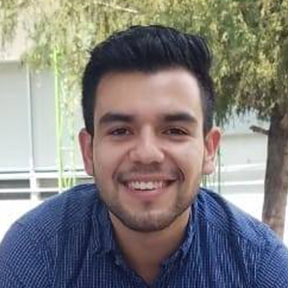
David Larios
Active Matter
Autonomous University of Nuevo Leon, Mexico. Genomic Biotechnology.
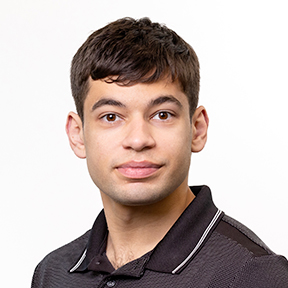
Alec Lourenço
Single-Cell
B.S. Engineering Physics, Stanford University
A firm advocate of democratizing synthetic biology, Alec is interested in projects that create tools to make biology easier to engineer. He is currently working on a high throughput platform to quickly and cheaply collect millions of datapoints on protein binding properties, enabling next-generation protein design.
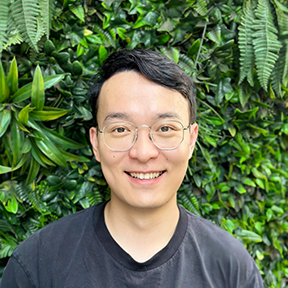
Shichen Liu
Active Matter | Single-Cell | Machine Learning
B.S. Mechanical Engineering, Aerospace Engineering, Case Western Reserve University
Shichen’s work is on combining concepts from physics, biology and engineering to decode non-equilibrium mechanisms in active matter. He is currently working on exploiting the self-organizing mechanisms of active matter for engineering programmable bio-material and to answer the question of “what is life”.
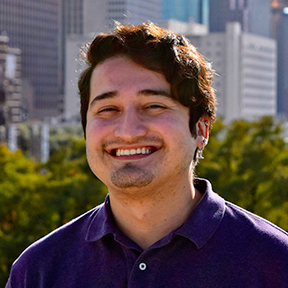
Zachary Martinez
Active Matter | Single-Cell | Machine Learning
B.S.A. in Biology, The University of Texas at Austin
Co-advised by Professor Richard Murray, Zach’s research is at the interface of synthetic biology and machine learning. His work focuses on building open-source tools for creative protein engineering/discovery and applying said tools to guide the design of synthetic cells.
TRILL website: trill.readthedocs.io
Meera Prasad
Active Matter | Single-Cell | Machine Learning
BA, Biology, Religious Studies, Bowdoin College
Cancer microenvironments look different than healthy tissues. Meera is modeling physical parameters that tip organized multicellular systems into disorganized structures to determine thresholds for pathological transitions.
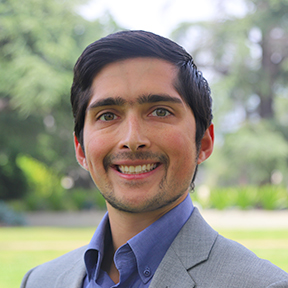
Arjuna Subramanian
Active Matter | Single-Cell | Machine Learning
B.A. in Chemistry, Princeton University, Princeton, NJ
Arjuna is broadly interested in harnessing AI-based protein folding and structure prediction models to study the evolution of cellular systems, including cytoskeletal active matter. He is also developing next-generation protein design workflows informed by constraints on protein evolution.

Meng Wang
Machine Learning
M.S. Mechanical Engineering, B.S. Aerospace Engineering, Shanghai Jiao Tong University (SJTU), Shanghai, China
Meng Wang is working at the interface between machine learning and neuroscience, particularly interested in framing the learning behavior in biology into rigorous computation, currently focus on Reinforcement Learning.

Zitong (Jerry) Wang
Single-Cell | Machine Learning
B.H.Sc Health Sciences, McMaster University
Biological systems exhibit intricate spatial structure across scales. Jerry is working to understand the functional consequence of these spatial patterns at the level of cells and tissues, how to use spatial information to make useful predictions, and how to manipulate spatial structure to alter biological outcomes.
- Xiaoqiao Chen
- Danil Akhtiamov
- Emanuel Flores Bautista
- James Gornet
- Enrique Amaya Perez
Research Staff
Brian Williams
Staff Scientist
Single-Cell
Ph.D. Anatomy, University of California, San Francisco; B.S. Engineering Science, University of California, Berkeley

Thomson Lab Alumni
- Sisi Chen (Sr. Director of Platform Technology, Apertura)
- Tatyana Dobreva (Founder at ImYoo)
- David Brown (Founder at ImYoo)
- Jeff Park (Founder at ImYoo)
- Cong Lin (Grad Student at UCSD)
- Tiffany Tsou (Grad Student at NYU School of Medicine)
- Guru Raghavan (Founder & lead research scientist at Yurts AI)
- Zijie Qu (Assistant Professor at Shanghai Jiao Tong University)
- Dominik Schildknecht (Associate at McKinsey & Company, Munich)
- Paul Rivaud (Research Engineer at Inserm)
- Tyler Ross (Postdoc at Caltech)
